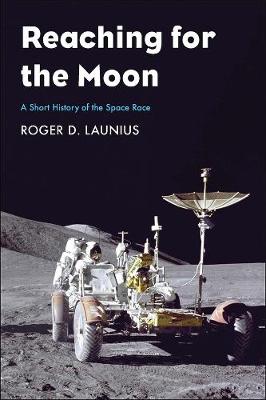Fifty years after the Moon landing, a new history of the space race explores the lives of both Soviet and American engineers
At the dawn of the space age, technological breakthroughs in Earth orbit flight were both breathtaking feats of ingenuity and disturbances to a delicate global balance of power. In this short book, aerospace historian Roger D. Launius concisely and engagingly explores the driving force of this era: the race to the Moon. Beginning with the launch of Sputnik 1 in October 1957 and closing with the end of the Apollo program in 1972, Launius examines how early space exploration blurred the lines between military and civilian activities, and how key actions led to space firsts as well as crushing failures.
Launius places American and Soviet programs on equal footing-following American aerospace engineers Wernher von Braun and Robert Gilruth, their Soviet counterparts Sergei Korolev and Valentin Glushko, and astronaut Buzz Aldrin and cosmonaut Alexei Leonov-to highlight key actions that led to various successes, failures, and ultimately the American Moon landing.
- ISBN10 030023046X
- ISBN13 9780300230468
- Publish Date 9 July 2019 (first published 25 June 2019)
- Publish Status Active
- Publish Country US
- Imprint Yale University Press
- Format Hardcover
- Pages 256
- Language English
